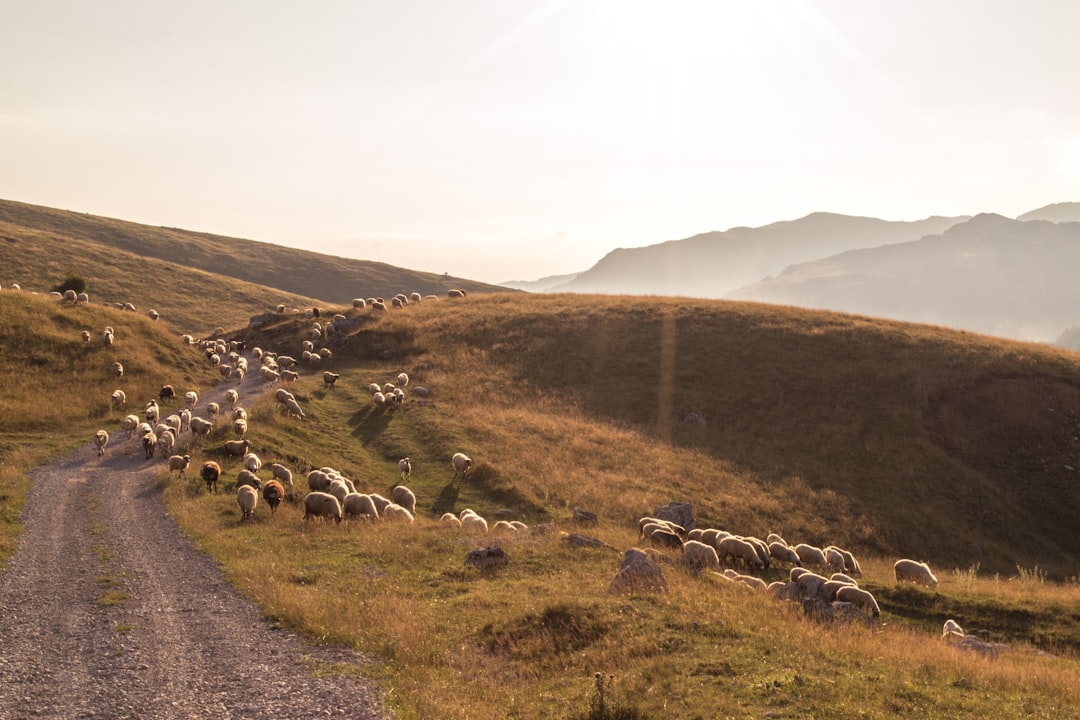Animal agriculture is a significant contributor to environmental challenges such as greenhouse gas emissions, water pollution, and land degradation. However, innovations in feeding and waste management offer promising solutions to mitigate these impacts. This post explores strategies for reducing methane emissions, conserving water, and optimizing land use in animal agriculture.
Methane Reduction Strategies
Methane is a potent greenhouse gas, primarily produced by ruminant animals like cattle and sheep during digestion. Several approaches can help reduce methane emissions:
-
Dietary Interventions: Feeding strategies that include higher-energy diets, such as those with grains, can lower methane production by increasing propionate and reducing acetate and butyrate in the rumen. Additionally, supplements like essential oils and certain plant extracts have shown anti-methanogenic properties.
-
Feed Additives: Bioactive compounds found in seaweed, such as Asparagopsis taxiformis, have been shown to significantly reduce methane emissions from livestock.
-
Breeding Programs: Selecting cattle with lower methane production potential can also contribute to reduced emissions.
Water Conservation
Animal agriculture is a significant user of freshwater resources, particularly for irrigation of feed crops. Strategies for water conservation include:
-
Efficient Watering Systems: Implementing leak-free and automated watering systems can reduce water waste on farms.
-
Water Recycling: Treating and reusing water from farm operations, such as cleaning and waste management, can significantly reduce the demand for fresh water.
-
Rainwater Harvesting: Collecting and storing rainwater for non-potable uses like irrigation can further reduce reliance on groundwater and surface water.
Land Use Optimization
Animal agriculture occupies a substantial portion of global land, often leading to deforestation and habitat loss. Optimizing land use involves:
-
Regenerative Grazing: Practices like rotational grazing enhance soil health, promote biodiversity, and improve carbon sequestration, reducing the need for additional land.
-
Integrated Farming Systems: Combining livestock with crop production can optimize land use efficiency and reduce the environmental footprint of agriculture.
-
Reforestation and Afforestation: Phasing out animal agriculture in certain areas can allow for reforestation, which helps in carbon sequestration and biodiversity recovery.
Conclusion
Innovations in feeding and waste management are crucial for reducing the environmental footprint of animal agriculture. By implementing methane reduction strategies, conserving water, and optimizing land use, the livestock industry can contribute to a more sustainable future. As global demand for food continues to grow, adopting these practices will be essential for balancing production needs with environmental stewardship.
Future Directions
Looking ahead, continued research into sustainable feed options, advanced water management technologies, and integrated farming systems will be vital. Additionally, policy support and consumer awareness can drive the adoption of these innovations, ensuring that animal agriculture becomes a more environmentally friendly sector. By embracing these strategies, we can create a more sustainable food system that supports both human well-being and environmental health.
Citations:
- https://news.stanford.edu/stories/2022/02/new-model-explores-link-animal-agriculture-climate-change
- https://agriculture.canada.ca/en/science/story-agricultural-science/scientific-achievements-agriculture/reducing-methane-emissions-livestock
- https://www.ciwf.org.uk/research/environment/wasting-water/
- https://iapwa.org/the-environmental-cost-of-animal-agriculture/
- https://pmc.ncbi.nlm.nih.gov/articles/PMC9559257/
- https://www.barnworld.com/livestock-waterer/what-are-some-water-conservation-tips-for-cattle-farms/
- https://en.wikipedia.org/wiki/Environmental_impacts_of_animal_agriculture
- https://www.mdpi.com/2077-0472/13/3/602
- https://thehumaneleague.org/article/water-use-in-animal-agriculture

Comments
No comments yet. Be the first to comment!
You must be logged in to comment. Login